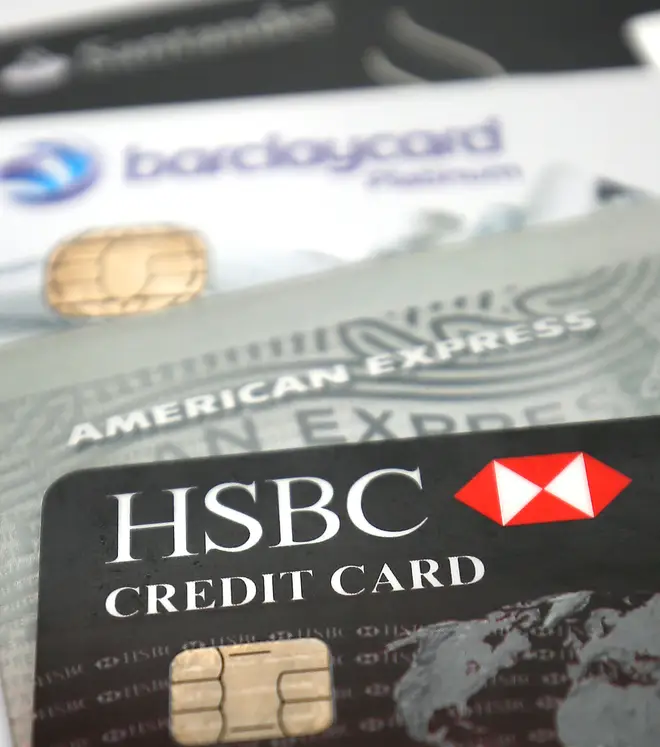
James O'Brien 10am - 1pm
30 November 2020, 10:54

Households made net consumer credit repayments of £590 million in October, with credit cards driving the weak figures, the Bank of England said.
Consumer credit borrowing fell in October at the sharpest annual rate since figures started in 1994, according to the Bank of England.
In contrast to cautious households repaying consumer loans, the number of mortgage approvals made to home buyers in October was at the highest levels since 2007.
Non-mortgage borrowing – which includes credit cards, overdrafts and personal loans – fell by 5.6% annually in October – marking a new low since the Bank’s data started in 1994.
Since the start of March, households have repaid a total of £15.6 billion of consumer credit.
The Bank said that non-mortgage lending to consumers remained weak in October, with households making net repayments of £590 million.
The weakness was driven by a net repayment on credit cards, the Bank said. Some £449 million was repaid on credit cards in October.
Samuel Tombs, chief UK economist at Pantheon Macroeconomics said: “Households appear to be using the excess savings that they have accumulated this year to pay off debt, when loans come to be refinanced.”
He added that banks have also have been restricting access to consumer credit, with the typical personal loan rate increasing to 5.15% in October.
Meanwhile, 97,532 mortgages for house purchase were approved in October – the highest total since September 2007, according to the Bank’s Money and Credit report.
A temporary stamp duty holiday and the release of pent-up demand into the market after activity was put on pause earlier this year due to the coronavirus pandemic have helped boost sales, property experts have said.
Mark Harris, chief executive of mortgage broker SPF Private Clients, said: “With mortgages approvals at their highest level since September 2007, the market continues to be robust. But the circumstances are very different to 2007; back then, those highs were followed by the credit crunch but this time around there is far more scrutiny on mortgage underwriting and the assessment of affordability. This, combined with historic low interest rates, mean we should not see a repeat of that crisis.”
Jeremy Leaf, a north London estate agent and a former residential chairman of the Royal Institution of Chartered Surveyors (Rics), said: “We expect the numbers to remain robust for at least the next month or two until the reduction in activity which we have noticed over the last few weeks as the stamp duty deadline draws close, begins to have an impact on transaction numbers. The underlying strength of the market does not appear to be waning, at least for the time being.”
The report also indicated that the cost of some new loans are becoming more expensive in the tough economy.
The Bank said that in October, typical rates on new personal loans increased to 5.15%. While the rate has edged up recently, it is still lower than in early 2020, when it was around 7%.
The typical rate on interest-charging overdrafts was 19.70% in October.
Back in March, before a change in the way lenders can charge for overdrafts came into effect, the typical overdraft rate was 10.32%.
The typical cost of credit card borrowing was broadly unchanged at 17.96% in October.
Overall, household and business deposits were strong in October, at £12.3 billion and £13.0 billion respectively.
But savers are earning relatively little on their cash. The Bank said deposit interest rates remain at historically low levels.
The typical rate on people’s new savings deposits was 0.53% in October.